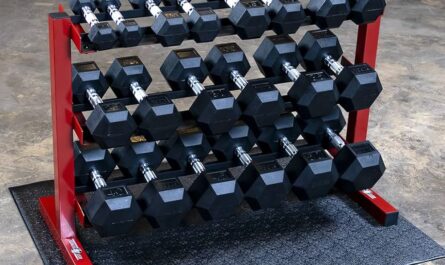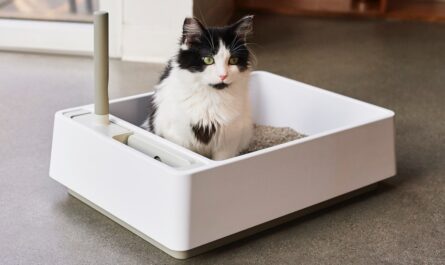Types of geyser
There are three main types of geysers available: gas geysers, electric geysers, and heat pump geysers. Each has its own pros and cons.
Gas geysers are one of the most common and affordable options. They use natural gas or propane as the fuel source to heat water. Gas geysers are usually lower in upfront cost compared to electric models and can provide hot water quickly. However, they do require a gas supply line and flue to vent exhaust outdoors. Maintenance like annual flue inspections are also needed with a gas unit.
Electric geysers simply use electricity to power a heating element that warms the water. Electric models tend to be more expensive to install since no fuel line is needed. Operation costs can also be higher than gas units over time depending on electricity rates. On the plus side, electric geysers have no emissions and require less ongoing maintenance.
Heat pump geysers are the most energy efficient type. They move heat from the surrounding air into the water using vapor-compression refrigeration. This allows them to be quite energy efficient even in colder climates. However, heat pump geysers need space for the outdoor compressor unit and typically have a higher upfront cost than conventional electric or gas heaters.
Tank Size
The size or capacity of the Water Heater tank is another important consideration. Tank size determines how much hot water can be stored at once for use by household members.
For most households, a 40-50 gallon tank should suffice. But larger families or those with more than one bathroom may want a 50-80 gallon tank for greater hot water availability. Be sure to factor in the number of people, appliances like dishwashers, and the amount of simultaneous usage to estimate tank needs.
Too small of a tank could mean running out of hot water during peak usage times. But a larger tank than needed also wastes energy by always having to keep more volume of water heated constantly. Balance tank size with your household’s specific needs.
Energy Efficiency
Minimizing long-term energy costs through energy efficiency is key when choosing a geyser. All new models sold today must meet minimum efficiency standards for their tank size and fuel source.
Look for the yellow EnergyGuide label on units specifying their energy factor (EF), which is a measure of seasonal efficiency. Higher EF ratings indicate better performance. Consider the climate zone where the heater will be installed as well, as units may vary in optimized energy efficiency depending on local temperatures.
Also check if any energy efficiency rebates are offered locally or through utility programs for purchasing units that exceed minimum standards. These can help offset some of the upfront cost for premium energy efficient geysers over time through lower electricity or gas bills.
Additional Features
Additional built-in features on geysers can provide convenience or help further cut costs in the long run. Some popular added features include timers that only heat water during off-peak hours to use less expensive utility rates, self-modulating burners that adjust flame levels based on demand for greater efficiency, and insulation wraps to minimize standby heat loss.
Warranties should also be compared between models as more reliable brands often provide longer coverage periods for parts and repairs. Extras like drain pans to catch any leaks and anode rods that help prevent corrosion inside tanks over the heater’s lifetime are also worth considering.
Installation and Siting
The best geyser still needs proper installation and siting within your home’s layout for optimal performance over its service life. Consult local plumbing codes and the manufacturer’s documentation for exact placement recommendations.
Venting requirements need to be followed precisely for combustion-based units. Indoor installation may also necessitate a drain pan piped to daylight outside to address any leaks. Good access is needed for regular maintenance checks and service too.
While basements are commonly used, conditioned spaces like a garage, utility room or even indoors near the hottest water fixtures can help reduce distribution losses of already heated water. Proper insulation of piping further up the line from these siting locations also helps retain heat.
Budget and Financing
Depending on the type and size, a new water heater will typically cost several hundred to over one thousand dollars or more. Factor this appliance purchase into your overall home improvement budget and financing plans. Rebates as mentioned or 0% APR promotional credit offers from some major retailers can soften the upfront hit.
Do research different rebate amounts and eligible efficiency levels before selecting a unit to maximize potential cost savings incentives. Financing options may also be available through a home improvement loan for a larger water heating system installation project scope. Ultimately compare total ownership costs over the equipment’s lifespan rather than just the initial price tag.
In summary, carefully considering factors like fuel source, tank size, efficiency ratings, additional features and proper installation are key when choosing a new water heater that best suits a home’s needs both initially and for years to come. An investment in a quality, optimized unit can provide reliable hot water service while keeping long-term energy bills as low as possible.




